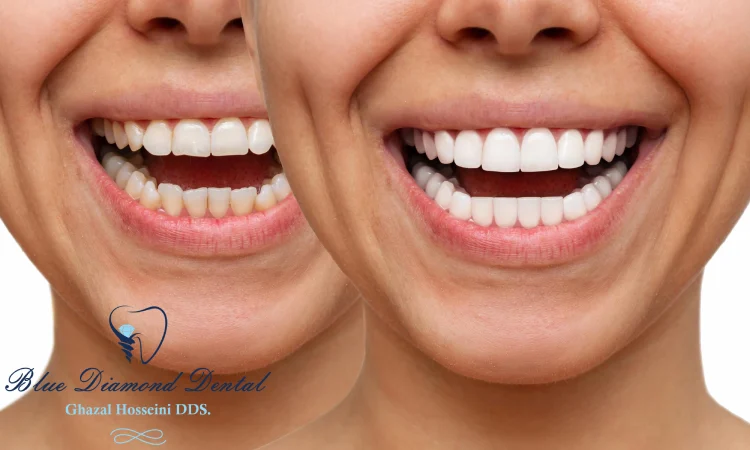
Dental Veneers vs Dental Bonding Compared
Compare Dental Veneers vs Dental Bonding
When it comes to cosmetic dentistry, two popular options for improving the appearance of teeth are dental veneers and dental bonding. Both procedures can address similar dental issues, such as chips, cracks, and discoloration, but they have distinct differences in terms of materials, procedures, longevity, and cost.

Dental Veneers
Dental veneers are thin shells made of porcelain or composite resin that are custom-made to fit over the front surface of teeth. They are known for their durability and the ability to transform a smile.
Pros:
- Aesthetics: Veneers provide a natural tooth appearance and can make even the darkest teeth appear bright white.
- Durability: Porcelain veneers are strong and long-lasting, with a lifespan of 10 to 15 years or more.
- Stain Resistance: Porcelain veneers resist stains better than resin veneers or bonding material.
Cons:
- Cost: Veneers are more expensive than bonding.
- Irreversibility: The process involves removing a small amount of enamel, which cannot be undone.
- Preparation Time: It usually requires at least two visits to complete and may require temporary veneers.
Dental Bonding
Dental bonding involves the application of a tooth-colored composite resin to repair a decayed, chipped, fractured, or discolored tooth. It is sculpted and shaped on the tooth and hardened with a light.
Pros:
- Cost-Effective: Bonding is generally less expensive than veneers.
- Minimally Invasive: Little to no enamel removal is needed, and it’s often done without anesthesia.
- Quick: The procedure can usually be completed in one visit.
Cons:
- Durability: Bonding material is not as strong as veneers and may chip or break.
- Longevity: Typically lasts from 3 to 10 years, which is shorter than veneers.
- Stain Susceptibility: The resin used in bonding is more prone to staining compared to veneers.
Comparison Dental Veneers vs Dental Bonding

- Application: Veneers cover the entire front surface of the tooth, while bonding is applied to a specific area.
- Aesthetic Outcome: Veneers generally offer a more transformative and longer-lasting result.
- Maintenance: Both require good oral hygiene practices, but veneers are easier to maintain due to their resistance to staining.
- Cost: Bonding is more budget-friendly upfront, but veneers may be more cost-effective in the long term due to their durability.
Conclusion

The choice between dental veneers and dental bonding depends on various factors, including the patient’s dental health, the extent of the cosmetic issues, budget, and personal preferences. Veneers offer a more durable and stain-resistant solution with a higher cost, while bonding is a quick, cost-effective option for minor cosmetic changes.
This report synthesizes the current understanding of dental veneers and bonding as of my last update in 2021. For the latest techniques and materials, it’s advisable to consult recent dental literature or a professional dentist.






